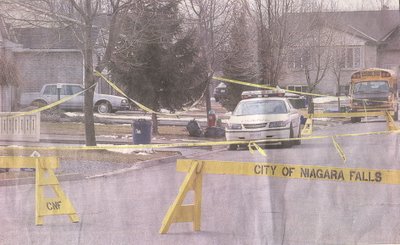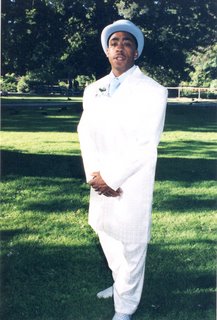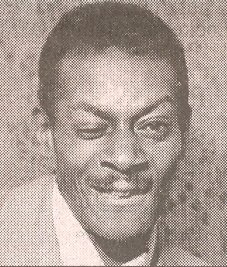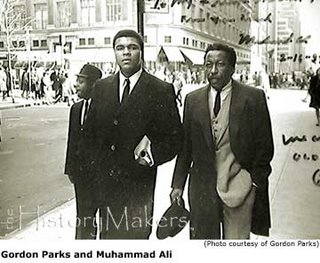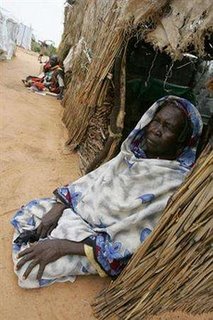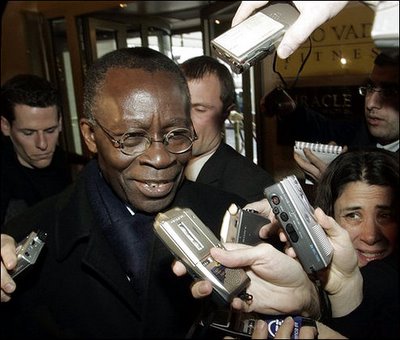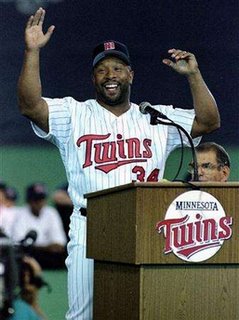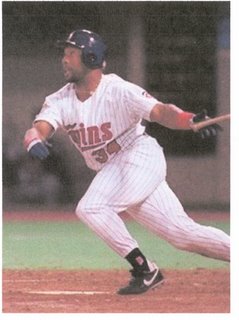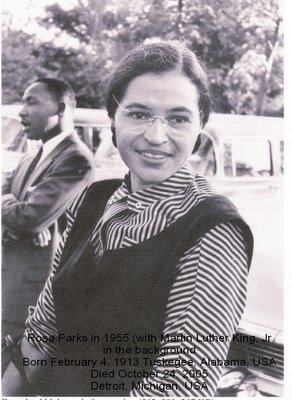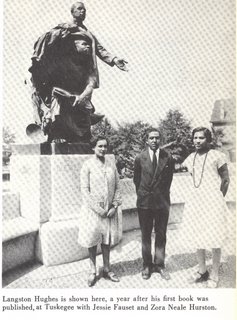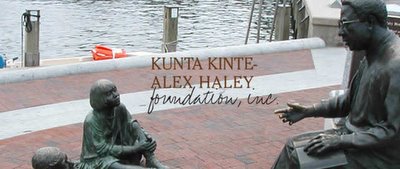War on Drugs and Prostitution Is it Needed?

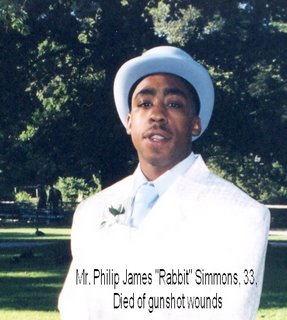


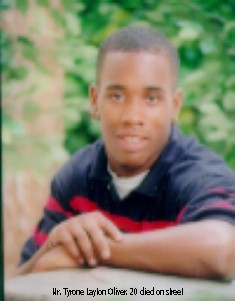

The twenty-eight (28) unsolved murder cases of the Halifax Regional Police contain the names of four (4) African Nova Scotians, three men and a woman, representing some 14% of the unsolved murders. Many of you who visit this site will know them, perhaps better than I do.
Here’s the link below:
http://www.halifax.ca/Police/UnsolvedMurders/index.asp
Mr. Donald Charles Downey, 28, October 30, 1988.
Ms. Kimber Leanne Lucas, November 23, 1994.
Mr. Tyrone Layton Oliver, 20, July 20, 2000.
Mr. Kevin James Bowser, 28, July 10, 2004.
All of the above died on the street.
These deaths occurred in Halifax and remain unsolved. There were other deaths of African Nova Scotians, which occurred in other places in Canada. The one prominent one was that of Philip James “Rabbit” Simmons, 33 on March 9, 2006.
Sir Arthur Conan Doyle in his novel: The White Company once wrote:
“Ill armed and half starved, they were still desperate men, to whom danger had lost all fears: for what was death that they should shun it to cling to such a life as theirs?”
We would do well to begin not to condone the lives some of our children lead in the face of the stark reality of racism and other disadvantages we all, who are Black, endure.
We would do better to ask ourselves what more can we do to end the problem of racism in our schools, in finding employment and in achieving fair promotions within our chosen occupations, before another one of us becomes a victim of this racist system that we all acknowledge does exist.
The assumption that our young people are lured away to a life of crime due to racism is of course nonsense. But still let us take even that assumption away by aggressively fighting it; by standing up and supporting those who are true victims of the system and by letting those know who need to know that we will not tolerate victimization of any kind. We cannot expect others to do it for us; it is up to us to struggle and defeat this problem.
Some of our young Black men, two in fact, died in prison at Renous, New Brunswick. Prison is the one place where one might think there is safety. But it seems that Black men, young Black men in particular, are the least safe in the custody of our correction services.
Among those who have died there are:
Mr. Wade Oscar Parsons, 42, August 16, 2002.
Mr. Kevin Whynder, 30, November 6, 2003.
Soon, there will be no recollection of those, Black inmates, who die in our prisons. Sooner, or later, there will be more deaths to add to this list of those Black men dying in prison, if we do not hold Corrections Canada accountable for the well-being of Black inmates in their custody.
Clearly the drug trade is responsible for the deaths on our streets in Halifax and elsewhere. A campaign against drug trafficking has to be commenced. What drug control programs are available? How do we get them working for us? Do we have a Black organization which deals with rehabilitation of Black users and if not to who do we turn? How do we take back our neighbourhoods from drug pushers?
What can we do? We need to think and act individually and collectively in community groups and organizations. We need to be ever mindful that what we do we do for the collective good of our community of like interests and not only for our own purposes, or to achieve the goals of our organizations, or for this, or that, personal goal. It seems apparent that on issues of drugs, fair employment opportunities we need an Advocacy Group much like the former Black United Front, to counsel victims and to wage war on drugs on the street and in the prisons.
Recently, I have come to appreciate life more that ever. Remember the names of those who have paid the highest price with their lives for the way of life they desired.
But also remember that they once had goals and objectives as worthy as our own. Reach out to remember them, as members of our community who have fallen victim to drugs. So we can derive some good from the lessons they have to teach us let us always remember them. Remember them that we may never forget that they were our friends, brothers, sister, husbands and perhaps a wife, perhaps fathers and a mother to children who at are now perhaps parentless. If we do not love ourselves how can we begin to love and respect those others we should?
What redemption can be found in prison? What redemption for the Black inmate can be found in the collective care for their well-being by members of the community from which they derived their lives? A little caring can go a long way sometimes.
From these facts above I draw two conclusions and those conclusions are:
a) The Black communities of Nova Scotia need to declare war on drugs and prostitution;
b) The Black communities of Nova Scotia need to convene a conference on these subjects to evolve an understanding of both issues and to devise strategies to protect our youth from getting involved and
c) The organizations of the Black community must take the lead, including the clergy, in seeing that the above two conclusions are carried out. The integrity and honor of our communities depend upon us taking joint action now in light of the current state of affairs.
We must act or be content to view the alarming parade of young Black people being shot in the streets of Halifax or stabbed in the nation’s prisons as reported on the media spectacles we have witnessed recently. Can anyone honestly say that they are happy with the status quo? Where is our pride? What will it take to muster up some courage to do what we need to do?
The graphic or table at the top of the page shows that since 1995 drug offences have slightly less than doubled, from 1995's 444 to 2004's 874. To enlage the graph and pictures double left click them. Note that crimes of violence are up 29.54% over 1995 by the year 2004. These statistics show the trend in Metro.
As always, Well wishes,
F. Stanley Boyd
Note: This link comes highly recommended by Sister Lynn Jones and in particular: "Remember Black Wall Street." Those interseted can view the book and buy of copy of the volume. It's a must read in understanding from whence we have come:
http://blackwallstreet.org/BWS.e.Store.html









